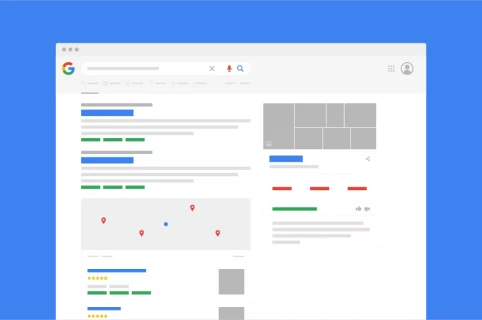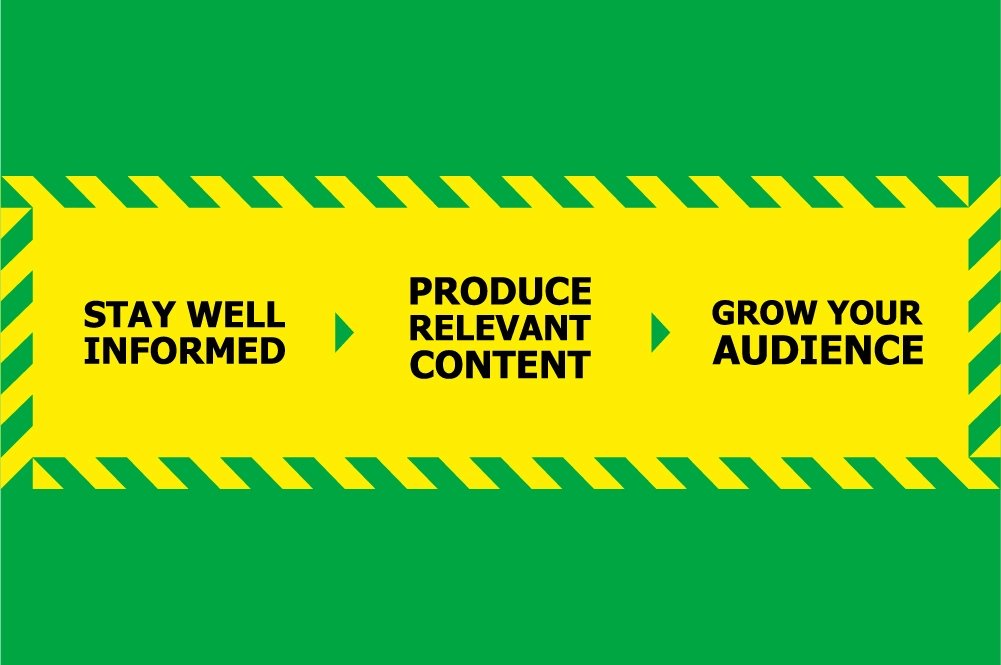
6 mins
OpenGoogle SERP Features: The Complete Guide
4 mins
Content calendars may have been thrown into disarray by the coronavirus pandemic, but the need for brands to connect with customers during this time is crucial. So how do you approach content marketing without seeming exploitative?
15th June 2020

Subjects which seemed worthy of focus only a few weeks earlier now seem flippant at best, and downright insensitive at worst.
As with almost every other aspect of every other industry since the coronavirus pandemic hit, there has been a huge upheaval in the way that content marketing operates. Much like other forms of journalism, subjects which seemed worthy of focus only a few weeks earlier now seem flippant at best, and downright insensitive at worst. This means a complete overhaul of long-planned content calendars, and finding a way to adapt articles to this changed reality. It calls for something of a rethink of how we as SEO content creators approach our work.
To some extent, there are elements of how SEO writers create content which remains unchanged — at least on principle.
When it comes to an onsite content marketing strategy, composing evergreen content remains critical, and long-term gains are always at the forefront of any account manager’s mind. It’s also a technique which Google tends to reward. There’s no such thing as an overnight SEO success, and as ahrefs has pointed out, only 1% of top-ranking pages are less than twelve months old, with the top 10 results for any given query being roughly two years old.
Certain aspects have also gained importance since the pandemic began. Content marketing is a huge factor when it comes to improving a website’s local SEO value, for example, and meeting the needs of a rising number of people using local search terms is key. Lockdown measures put in place across most of the world have forced many small businesses to move online to stay afloat. As a result, using schema markup to help Google deliver accurate and relevant localised results, as well as updating your Google My Business page with your opening hours, is invaluable. Not only will this benefit people who are looking to support local businesses during lockdown, be it bookstores or breweries, but as lockdown measures do get gradually lifted, people will know when you are once again open for business.
That being said, as the reality of the oft-cited “new normal” dawns, that means that companies’ priorities are changing, and the content departments of SEO agencies need to adapt with them. In particular, this means that, for the most part, starting over from scratch when it comes to content planning — or at least, shelving the content we have previously planned for a more stable future. As Moz founder Rand Fishkin has pointed out in a recent Whiteboard Friday presentation: “Our audiences are not thinking about the same things they were weeks ago. They’re in a very new mindset. It doesn’t matter if they’re B2B or B2C. You are dealing with everyone on the planet basically obsessed with the conditions that we’re all in right now. That means assuming that everyone is thinking about this.”
It doesn’t matter if they’re B2B or B2C. You are dealing with everyone on the planet basically obsessed with the conditions that we’re all in right now.
So how do you approach content marketing at a time when everybody is thinking about the same thing? Ultimately, it all comes down to empathy. Businesses will, understandably, want to show that they care about their customers, and are able to support them in whatever way they can. As such, content writers need to simultaneously demonstrate an awareness of the current situation on behalf of clients, while maintaining a tone which does not read as exploitative.
To say the least, it’s a fine line for us to walk. For some businesses, it will be easier than others, depending on the services they already provide. So any company which provides home food and drinks delivery, be it for alcohol or meal kits, the demand is built in. Similarly, for one of our clients in the clothing industry, for example, we can shift focus away from their more formal offerings and concentrate on building visibility for pages related to their leisurewear and loungewear ranges. And a client who sells eyewear can easily be tied to articles about finding the easiest route to Barnard Castle.
However, for clients whose core offerings are less immediately linked to consumer needs during the era of lockdown and social distancing, a greater deal of direct collaboration will be required to work out how best to meet clients’ and users’ needs. For example, businesses in the travel sector would need to decide whether to prioritise content around domestic travel rather than international flights.
Generally speaking, gauging these priorities will require considering a few key points: